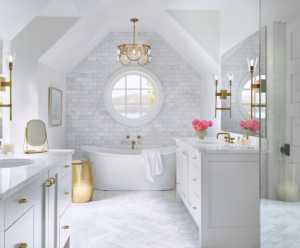Introduction
Wood wired designs have become increasingly popular over the years due to their unique and innovative approach to woodworking. The intricate designs crafted from various types of wood promote both beauty and functionality, creating pieces that are more than just mere decorations, but also practical objects. This article will explore the art and technique behind wood wired designs.
History of Wood Wired Designs
The art of wood wired designs has been around for centuries. It originated in China during the Ming dynasty, where artisans would create intricate designs by carving, cutting, and weaving pieces of wood together. The technique was later adopted in Japan and other parts of Asia before spreading to the rest of the world.
In the early days, wood wired designs were mostly used in furniture-making to create intricate and decorative pieces. Today, however, they have found their way into other aspects such as home decor, art, and fashion.
Types of Wood Wired Designs
There are several types of wood wired designs, each with its unique style and technique. Some common designs include:
1. Basket weave
Basket weave designs are created by weaving thin strips of wood together to create beautifully patterned, sturdy baskets. The baskets can be used for storage or decoration.
2. Inlay
Inlay is where different types of wood are used to create a design or picture within another piece of wood. This technique is commonly used to create intricate patterns on furniture and other decorative objects.
3. Intarsia
Intarsia is a technique where patterns are created by using various types and colors of wood. The patterns are then inlaid into a larger wooden surface to create a mosaic-like effect.
The technique behind Wood Wired Designs
The technique behind wood wired designs involves selecting the right type of wood, cutting it into thin strips, and weaving or inlaying it with other pieces. The pieces are then glued or nailed together to hold the design in place.
The process requires a lot of patience and attention to detail, as even the smallest mistake can ruin the entire design. Experienced woodworkers often make use of specialized tools such as saws, chisels, and routers to achieve the intricate designs.
Benefits of Wood Wired Designs
There are several benefits to using wood wired designs in home decor and furniture-making. For one, they add a unique and decorative touch to any room or space. They are also durable and can withstand wear and tear, making them ideal for everyday use.
Additionally, wood wired designs are sustainable and eco-friendly – they are crafted from renewable and natural resources, making them a more environmentally friendly option.
Conclusion
Wood wired designs are a unique art form that combines aesthetics and functionality. The intricate patterns and designs add an element of sophistication and style to any home or space. When used in furniture-making, they can turn a simple piece into a work of art. With the increasing demand for sustainable and eco-friendly options, wood wired designs offer a more environmentally conscious alternative.

